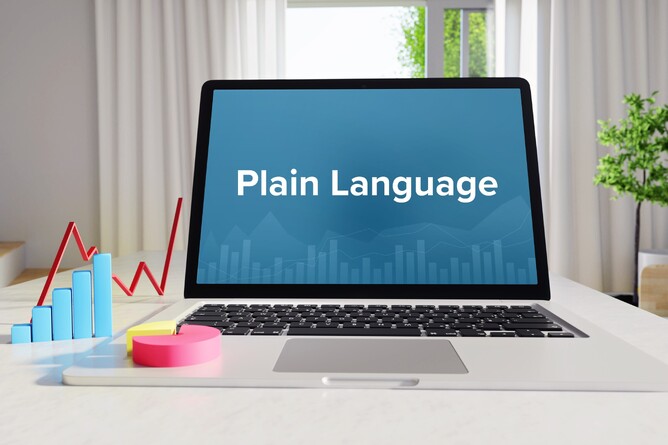There’s a lot to think about when starting a small business and learning basic accounting terms may not be a top priority. However, it is incredibly important to familiarise yourself with accounting basics in order to get a grip on your finances and build a thriving business. Even if you outsource your accounting, it’s important that you can talk openly with your accountant and understand the advice they are giving you.
Let’s look at seven key terms you need to know in order to gain an insight into your finances and steer your business towards success.
1. Cash Flow
Cash flow is the money entering and leaving your business in a set time period. This includes funds being spent on utilities, salaries and operations as well as money collected from clients or customers.
It’s possible to be profitable and still run out of cash, which is why it’s important to collect payments as soon as possible and time purchases carefully.
Poor cash flow management is one of the biggest reasons that so many small businesses fail, so it’s important to keep a close eye on your cash flow at all times and strive to keep sufficient funds in your business bank account to fund the business..
2. Cash Flow Forecast
A cash flow forecast is an estimate of how much money will move through your business in the future - over the next three months or year, for example. This can help you to time new purchases and investments carefully to ensure that you always have enough cash to continue operations and protect your business in an emergency scenario.
3. Burn Rate
Your burn rate is the speed at which your cash reserves are decreasing. Knowing your burn rate is an important part of good cash flow management. Your burn rate allows you to calculate the length of time for which you can cover your operating costs if nothing changes in your business. This is a very important metric in terms of your survival and can help you to identify when to cut back or seek additional funding.
4. Profit and loss account
A profit and loss account is a document that details your revenue, expenses and net profit over a set period of time. Comparing monthly profit and loss accounts can help you to understand how your company is performing, what works well for you and where changes need to be made.
5. Balance Sheet
This is snapshot of your business at any given time. Usually the accounting year or month end.
It summarises the assets and liabilities of the business and provides a clear indication of the health of the business.
6. Gross Profit
Gross profit is simple to calculate: take your total revenue and subtract the cost of goods sold.
For example, if you sold £100,000 worth of products but spent £40,000 in order to do so, your gross profit would be £60,000.
7. Net Profit
It’s important not to confuse gross and net profit. Gross profit only looks at the costs directly related to the item sold, whilst net profit is the amount left after all business expenses have been deducted, such as marketing, rents, administration costs etc.
If your gross profit was £60,000 but you spent an additional £25,000 on marketing and overheads and your net profit would be £35,000 before tax.
Summary
Whilst it is advisable for small business owners to seek professional financial guidance from an accountant, it’s also important to have a basic knowledge of common terms and calculations. The greater insight you have into your company’s finances, the better equipped you will be to handle problems head-on and prepare your business for the future.
It really does pay to know your numbers.

